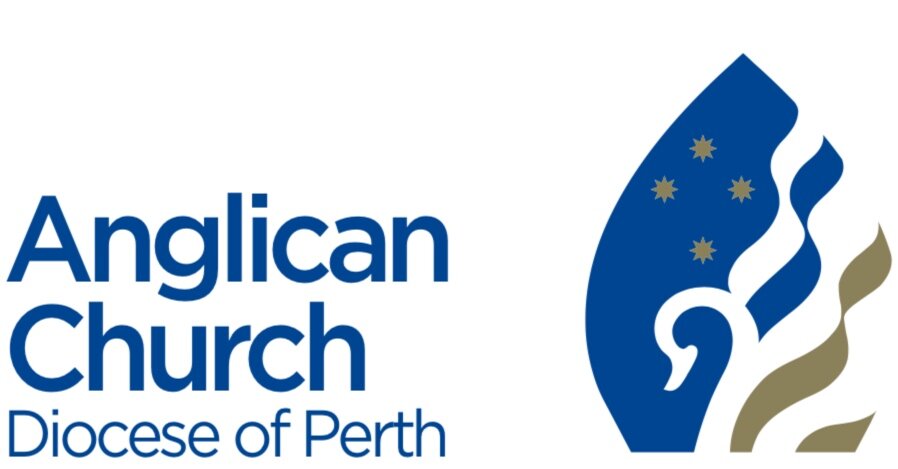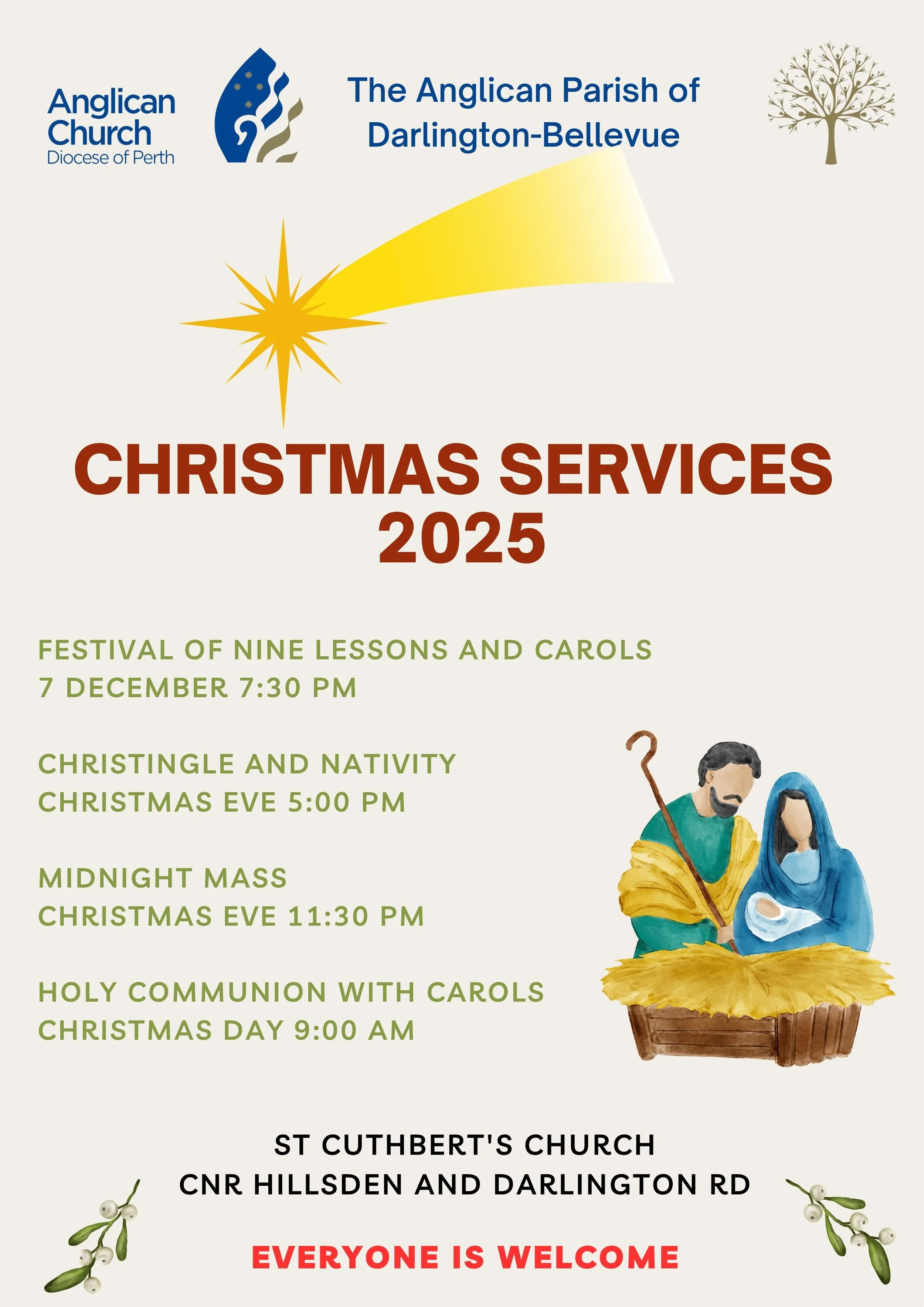Each of the gospels gives us a different portrait of John the Baptist. In the Gospel of John (different John), John the Baptist declares Jesus to be the messiah, and cries out ‘Behold the lamb of God who takes away the sin of the world’. Interestingly, in John’s gospel, Jesus does not actually get baptised. John is (we think) the last gospel to be written. But what about the first?
In Mark, we meet John clothed in camel’s hair and eating locusts and wild honey. John the Baptist is portrayed as the forerunner of Christ, preparing the way for him.
In Matthew, John the Baptist gets snippy. ‘You brood of vipers!’ is how he famously describes the Pharisees and Sadducees. Today we might say ‘a mob of snakes’.
And in Luke, from which we read today (because this is Year C in the three year cycle) we get a much more complicated version of the story. Jesus, in Luke, is a cousin of John the Baptist. Mary Mother of Our Lord and Elizabeth meet when the foetuses are in the womb, and the foetus of John The Baptist leaps about with excitement. We get the whole narrative of John’s birth, Zechariah being struck dumb and only finding his voice again once John is born. Zechariah sings a song about how John’s birth is the herald of something amazing about to happen:
By the tender mercy of our God,
the dawn from on high will break upon us,
to give light to those who sit in darkness and in the shadow of death,
to guide our feet into the way of peace.’
Today I would like to consider one verse, though, which is found in two texts – Luke, which we read today, and Matthew. First a technical point, but it’s important – we think Matthew and Luke wrote with at least two texts open in front of them. Two sources. One was the gospel of Mark, which we still have. We can easily see the bits where Matthew and Luke copied Mark. But there is another, which we don’t have. We call it Q. We think that Matthew and Luke had Mark and Q open in front of them when they wrote. The text I’m about to refer to is a Q text. It’s this one:
‘I baptise you with water; but one who is more powerful than I is coming; I am not worthy to untie the thong of his sandals. He will baptise you with the Holy Spirit and fire. His winnowing-fork is in his hand, to clear his threshing-floor and to gather the wheat into his granary; but the chaff he will burn with unquenchable fire.’
That’s a cheerful image isn’t it? Winnowing is the process of separating wheat from chaff. You need a breeze for it to work. You use a pitchfork thingy to throw a mix of wheat and chaff into the air. The chaff is light, so the wind blows it away. The heavier wheat falls to the ground. The image, while a little obscure, is of Jesus as a judge, preserving what is good and destroying what is bad. It’s interesting that the medieval era gave a pitchfork to Satan, when the scriptures clearly portray Jesus as the one holding a trident and doing the burning with unquenchable fire.
In Christian history, texts like this one have been used to justify a belief in eternal punishment for some people, and eternal reward for others. You’ve heard me explain in the past that that is not orthodox Christianity. This verse, in fact, points very clearly to orthodox, normal, mainstream Christianity – the belief that Jesus would return at some future point to engage in a great cleanup of the world.
Of course, some people derive contentment from the idea that some people will be punished and some rescued. There’s a whole market in it, in fact. But, orthodox Christianity does not teach that, after death, some people go to the good place and some to the bad. Rather, that at some point Jesus will return and raise the dead, and restore creation to wholeness – the new heaven and the new earth.
Perhaps when we consider that orthodox narrative, this language of wheat and chaff and fire begins to make more sense.
In his book, The Gulag Archipelago, Aleksandr Solzhenitsyn lays out the struggle thusly:
“If only it were all so simple! If only there were evil people somewhere insidiously committing evil deeds, and it were necessary only to separate them from the rest of us and destroy them. But the line dividing good and evil cuts through the heart of every human being. And who is willing to destroy a piece of his own heart?”
This separation of the wheat from the chaff is not the separation of good people from bad people. No such separation can be made. We are all both good and bad. Rather, the work of the living Christ is to separate the wheat from the chaff within us. Not just within people of overt faith – a mature understanding of Christ at work in the world sees him hard at work in everyone. We can glimpse the presence of Christ in our GP or the person on the supermarket checkout or the fringe festival performer just as much as the person in the next pew.
So Christ, we believe, is at work in the world, separating out the wheat and the chaff, raising up the good and destroying the evil. As baptised faithful, we share in that work with him – allowing Jesus to separate out the wheat from the chaff in us, and helping him to do it in the world.
‘I baptise you with water; [says John the Baptist] but one who is more powerful than I is coming; I am not worthy to untie the thong of his sandals. He will baptise you with the Holy Spirit and fire. His winnowing-fork is in his hand, to clear his threshing-floor and to gather the wheat into his granary; but the chaff he will burn with unquenchable fire.’


